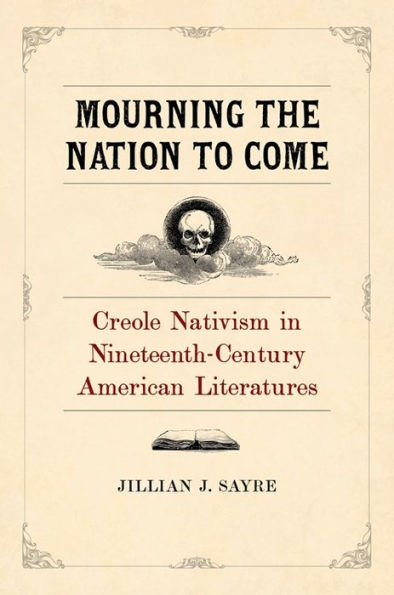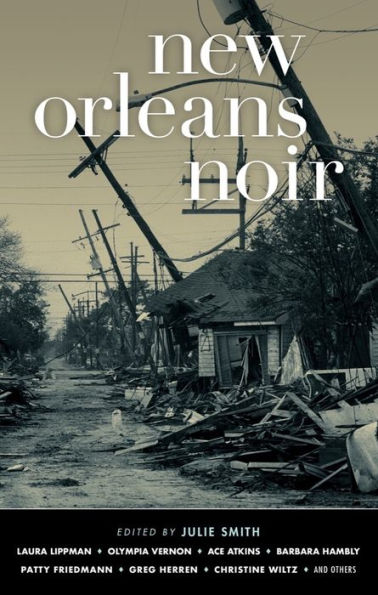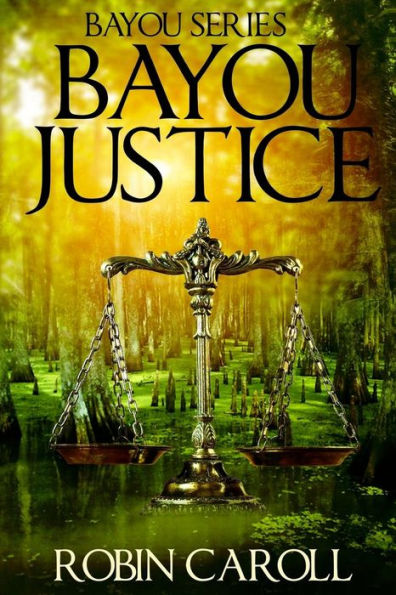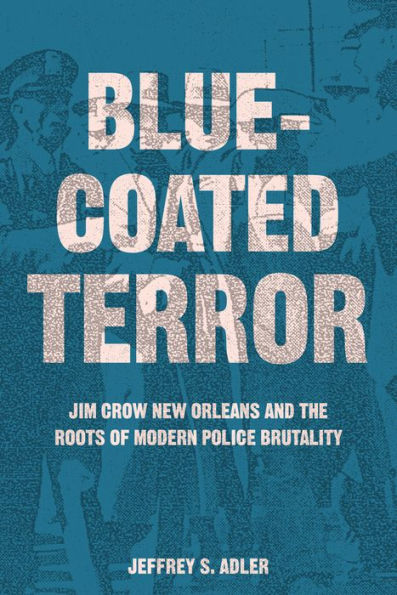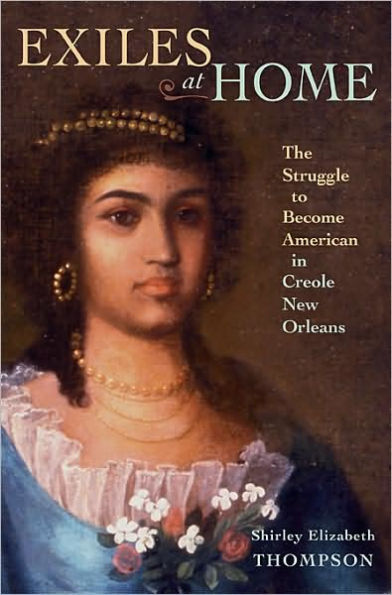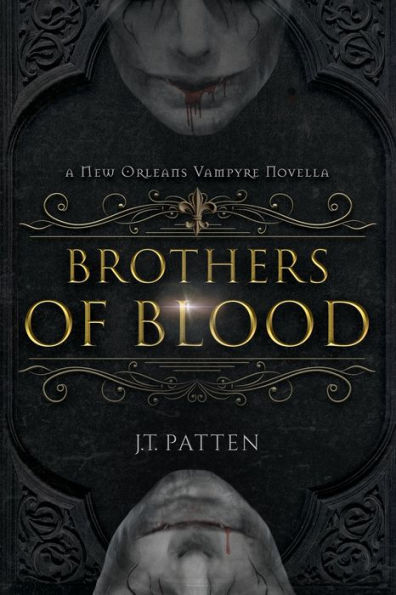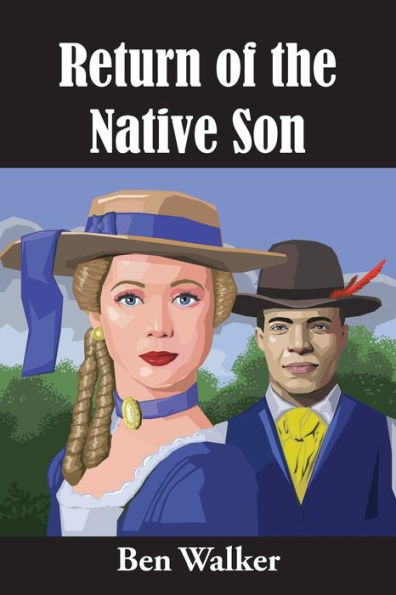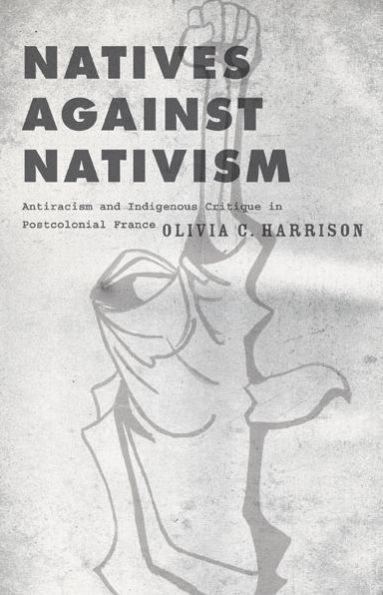Home
The Spirit of Vengeance: Nativisim and Louisiana Justice, 1921-1924
Loading Inventory...
Barnes and Noble
The Spirit of Vengeance: Nativisim and Louisiana Justice, 1921-1924
Current price: $20.95
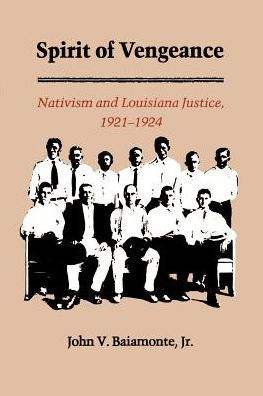

Barnes and Noble
The Spirit of Vengeance: Nativisim and Louisiana Justice, 1921-1924
Current price: $20.95
Loading Inventory...
Size: OS
*Product Information may vary - to confirm product availability, pricing, and additional information please contact Barnes and Noble
In May, 1921, Joseph Rini and five other men of Italian descent drove from New Orleans to Independence, Louisiana, in a stolen car to attempt the late-night robbery of an Independence bank. During the confused events of that night, a local businessman was shot by an unknown assailant, and the six men were shortly thereafter captured and charged with murder, largely on the basis of circumstantial evidence. They were found guilty. When this verdict was appealed and the state supreme court reversed it on a technicality, a second trial in May, 1922, ended with an identical decision and sentence. A series of fruitless appeals followed, and on May 9, 1924, the prisoners were hanged in Amite City—the nation’s only execution of six men for the murder of one.
Using court transcripts, newspaper accounts, and interviews, John Baiamonte recounts the dramatic and often moving story of these six men and their trial, which in its day was to become a national and international
. He explores the social prejudices of the day, particularly the popular assumption that any criminal activity involving Italians was part of a plot by the Mafia. Fear of Italian gangsters, especially from a tightly organized Mafia, had been rampant in southern Louisiana since the 1890s, as was prejudice against the hardworking law-abiding Sicilian immigrants who had settled in large numbers in Tangipahoa Parish, where these events took place. “Bloody Tangipahoa” had long been notorious for violence, particularly against minorities. Moreover, the parish judicial system at that time, the trial judge, and the state Board of Pardons, which reviewed the Italians’ appeal, were thought to be involved with the Ku Klux Klan. Even the governor, John M. Parker, was one of the leaders of a mob that murdered eleven Italians suspected of Mafia affiliation in New Orleans in 1891.
Baiamonte also examines the mood of the courtroom, the pressures put upon the lawyers, the jury, and the witnesses to convict the six—despite the fact that the prosecution’s only witness to the shooting failed to identify any of the defendants and no witness could place the defendants closer than three miles from Independence on the night of the murder. Everyone became a participant in the courtroom, even the spectators. They applauded when new evidence against the defendants was introduced.
In cameos of each of the convicted men, Baiamonte describes moods and actions. Joseph Bocchio, one of the condemned, read Shakespeare and wrote poems, which were published in the local paper.
affords an intriguing view of a tumultuous period in Louisiana history, and the six men whose vain struggle to survive brought them international attention.
